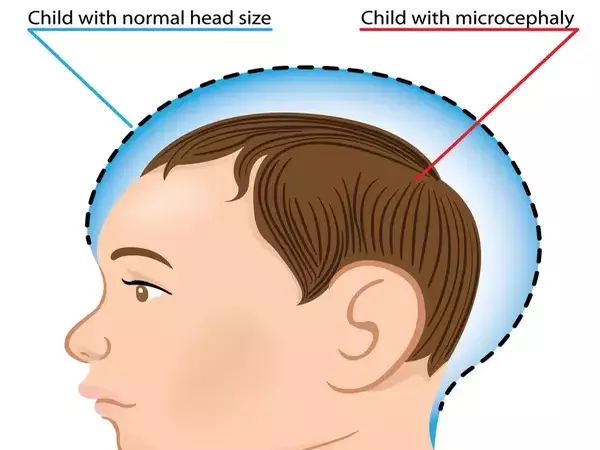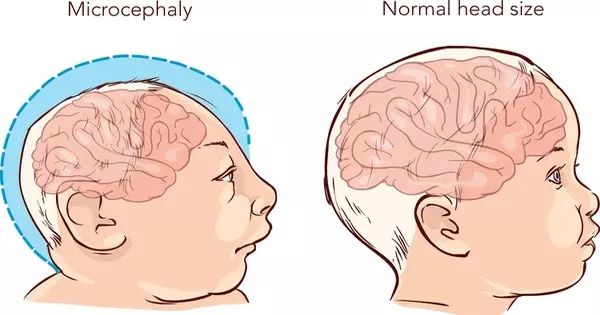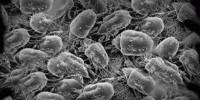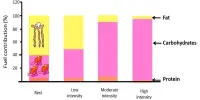Cephalic disorders are birth defects caused by damage to or abnormal development of the developing nervous system. These are not always the result of a single factor, but can be influenced by hereditary or genetic conditions, as well as environmental exposures during pregnancy, such as medication taken by the mother, maternal infection, or radiation exposure. Cephalic refers to the “head” or “head end of the body.” Some cephalic disorders are caused by premature joining of the cranial sutures (the fibrous joints that connect the bones of the skull). The majority of cephalic disorders are caused by a disruption in the fetal nervous system’s development.
Causes
The unusual size or shape of a baby’s head is one of the most visible signs of a cephalic disorder. These disorders are most likely to cause problems when a baby’s head is significantly smaller or larger than the average for their age.

Cephalic disorders are not always caused by a single factor, but can be influenced by hereditary or genetic conditions, nutritional deficiencies, or environmental exposures during pregnancy, such as the mother’s medication, maternal infection, or radiation exposure. Some cephalic disorders are caused by premature joining of the cranial sutures (the fibrous joints that connect the bones of the skull). The majority of cephalic disorders are caused by a disruption in the fetal nervous system’s development.
A small, specialized plate of cells on the embryo’s surface gives rise to the human nervous system. This plate of cells forms the neural tube early in development, a narrow sheath that closes between the third and fourth weeks of pregnancy, forming the embryo’s brain and spinal cord. Cell proliferation, the process by which nerve cells divide to form new generations of cells; cell migration, the process by which nerve cells move from their place of origin to the place where they will remain for life; cell differentiation, the process by which cells acquire individual characteristics; and cell death, a natural process by which cells die, are responsible for the development of the nervous system.
Diagnosis
To make a diagnosis, the healthcare provider may consider symptoms and health history, and do a physical exam of the skull and body. You will often be referred to a specialist, such as a geneticist to help make a diagnosis.
In infants, children, and even adults, damage to the developing nervous system is a major cause of chronic, disabling disorders and, in some cases, death. The extent to which damage to the developing nervous system causes harm to the mind and body varies greatly. Many disabilities are mild enough that those who suffer from them can eventually function independently in society; however, others are not. Some infants, children, and adults die, while others are permanently disabled, and an even larger population is partially disabled, functioning at or below normal capacity throughout their lives.
Injuries to the developing nervous system are a leading cause of chronic, disabling disorders and, in some cases, death in infants, children, and even adults. The extent to which developmental nervous system damage harms the mind and body varies greatly. Many disabilities are mild enough that those suffering from them can eventually function independently in society. Some are not. Some infants, children, and adults die, while others are permanently disabled, and an even larger population is partially disabled, functioning at or below normal capacity for the rest of their lives.
















